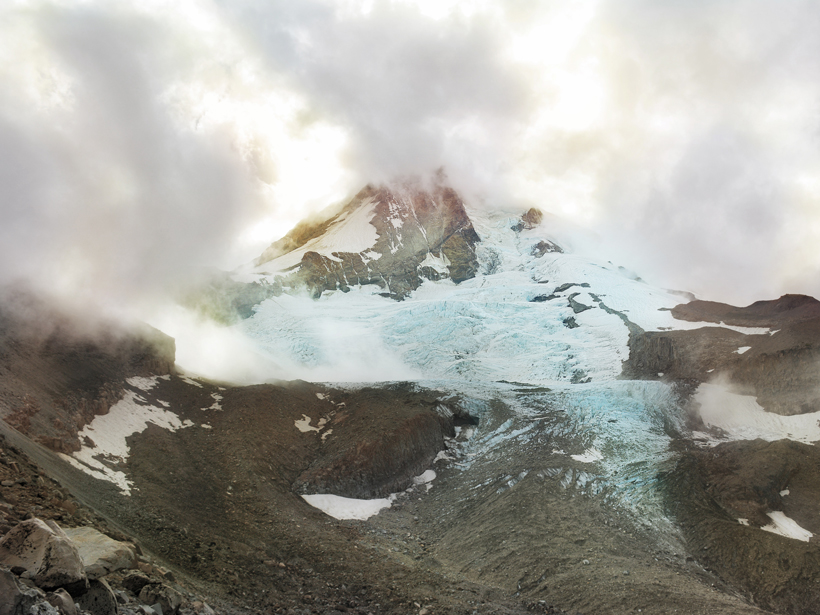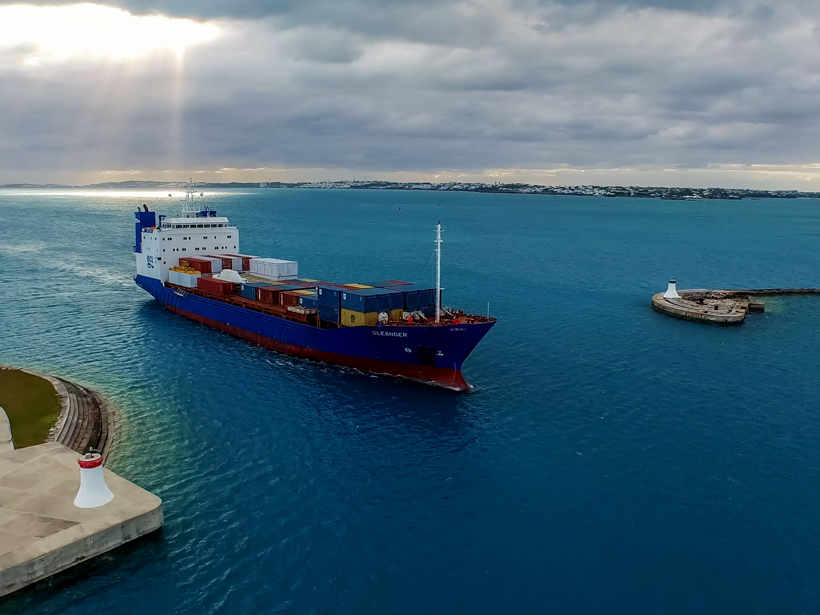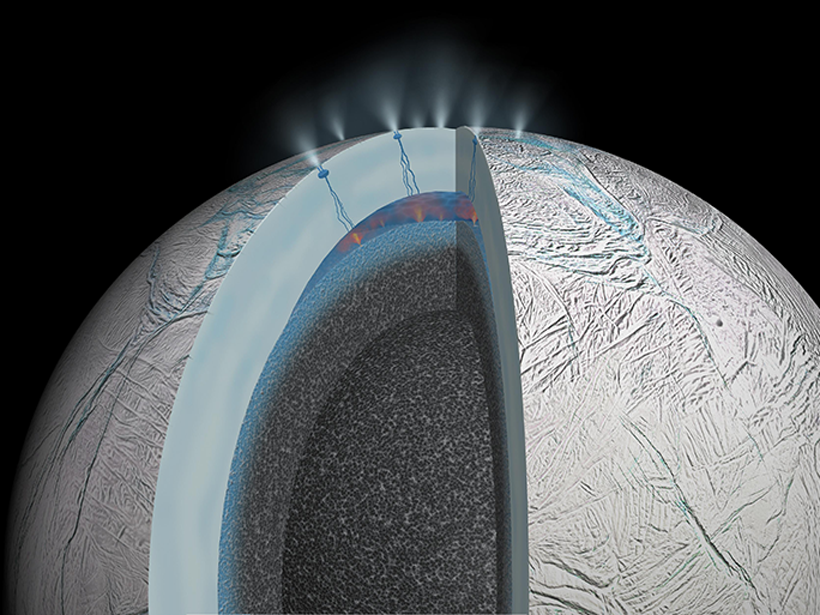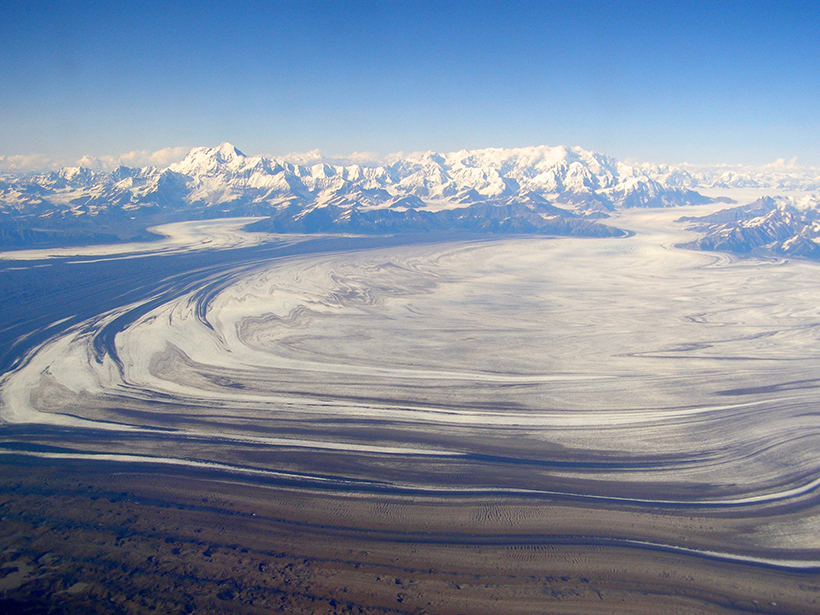PALSEA2 2016 Workshop: Sea-Level Budgets at Decadal to Millennial Time Scales to Bridge the Paleo and Instrumental Records; Mount Hood, Oregon, 19–21 September 2016
Oceans
Optical Sensors Can Shed Light on Particle Dynamics in the Ocean
First TOMCAT Workshop; Southampton, UK, 12–14 September 2016
Packing Science into a Shipping Vessel
Oleander Workshop II: 25 Years of Operations; Narragansett, Rhode Island, 26–27 October 2016
Iceberg Surge During Last Deglaciation May Have Had Two Pulses
Seafloor sediment cores provide new clues that could help clarify the influence of ice sheet collapse on a period of ocean cooling marked by slowed deepwater circulation.
How Arctic Ice Affects Gas Exchange Between Air and Sea
Scientists begin to fill a major data gap by investigating carbon dioxide dynamics in a remote region of the Arctic Ocean.
Hydrogen Molecules Hint at Habitability of Enceladus's Ocean
Scientists suggest that the hydrogen could be evidence of hydrothermal activity on the ocean floor of Saturn's sixth largest moon.
How "Godzilla" El Niño Affected Tropical Fish in Low-Oxygen Zone
A warm period unexpectedly boosted some species of fish larvae off the coast of Mexico.
A Mountain Range's History Preserved in Ocean Sediments
Fission track dating core samples from the Gulf of Alaska demonstrates that offshore sediments can be used to reconstruct a mountain range's changing exhumation patterns.
Balloons of Lava Bubble into the Ocean from Seafloor Blisters
These peculiar features of submarine volcanic eruptions could be the result of undersea lava lakes.
New Data Buoys Watch Typhoons from Within the Storm
Advanced real-time data buoys have observed nine strong typhoons in the northwestern Pacific Ocean since 2015, providing high-resolution data and reducing the uncertainty of numerical model forecasts.










